- Established 1982 -HOME: www.hiltonpond.org
THIS WEEK at HILTON POND Subscribe for free to our award-winning nature newsletter (Back to Preceding Week; on to Next Week) |
HILTON POND SUNSETS
All text, maps, charts & photos © Hilton Pond Center Sunset over Hilton Pond (above), 28 June 2021 SUMMER YELLOWS This week while examining Swamp Milkweed plants for signs of Monarch caterpillars, we were distracted by a big black butterfly flitting in a nearby patch of large white flowers. Both the butterfly and the inflorescence looked familiar. Hind-wing tails plus blue and yellow-orange markings suggested the insect was an Eastern Tiger Swallowtail, Papilio glaucus, while the four-inch-diameter convex flower head was characteristic of Queen Anne's Lace, Daucus carota. As we watched the butterfly move from plant to plant, we noticed that every time it lit it gently lowered its abdomen and tipped the end forward--undoubtedly placing an egg on the flower with each touch. We concentrated on the insect's behavior--not its appearance.
All text, maps, charts & photos © Hilton Pond Center Since we had called it an Eastern Tiger Swallowtail we knew its sex even if she hadn't been ovipositing: In this species all black individuals are females, while yellow ones (like those below from last year, nectaring on Swamp Milkweed) can be either male or female.
All text, maps, charts & photos © Hilton Pond Center The big surprise with the swallowtail encounter was she was placing her eggs on Queen Anne's Lace. Many butterflies are very host-specific, sometimes ovipositing on just one species of host plant whose leaves will be devoured by developing caterpillars. Our confusion over this came because Eastern Tiger Swallowtails are native to North America, while Queen Anne's Lace is not. Wouldn't that mean the butterfly's larvae would starve if they hatched on a plant with which they had not co-evolved? After all, an Eastern Tiger Swallowtail's normal host plants are Tulip Trees, Liriodendron tulipifera and Wild Black Cherry, Prunus serotina. Wait a minute! A gravid female Eastern Tiger Swallowtail certainly has to be able to differentiate between Tulip Tree and Queen Anne's Lace, else her larvae would likely die if she oviposits on the latter. So we started thinking how Queen Anne's Lace is in the Apiaceae (Carrot Family) and carrots aren’t related even distantly to Tulip Trees or Wild Black Cherries. We further wondered what caterpillars would "normally" eat leaves of carrots, parsley, celery, dill, and/or their close relatives. Well, with a little research we discovered the Eastern BLACK Swallowtail, Papilio polyxenes, includes the Apiaceae in its host plant menu, which led us to take a closer look at our top photo above.
All text, maps, charts & photos © Hilton Pond Center Sure enough, our image showed the black butterfly ovipositing on Queen Anne's Lace had YELLOW-WHITE SPOTS on its abdomen--a field mark ABSENT in black-morph female Eastern Tiger Swallowtails (photo just above). There are other field marks that also differentiate the two species, but that butterfly we had nonchalantly identified as P. glaucus was actually a P. polyxenes that knew exactly what she was doing in placing eggs for her future progeny on the flower head of Queen Anne's Lace! Now the oviposition mystery was solved and our mistaken identification was overridden. In addition, we added a new species--Eastern Black Swallowtail--to Hilton Pond Center's butterfly list! Admittedly, butterflies are not our forté, so all this was a good learning experience and an error we won't make again. (NOTE: This particular mistake apparently happens often, as shown by numerous photos on the Internet that misidentify Black Swallowtails with white-spotted abdomens as black-morph female Eastern Tiger Swallowtails!) All text, maps, charts & photos © Hilton Pond Center
All text, maps, charts & photos © Hilton Pond Center And now we segue from yellow (and black) butterflies to birds. The multitude of fall Wood Warblers with yellow in their plumage won't begin coming back through Hilton Pond Center until mid-September, but we still have a few golden birds to brighten summer days. We speak here especially of our small assemblage of American Goldfinches (AMGO), in which males (above) are about as bright a yellow (and black) as one could imagine. Male goldfinches begin acquiring their breeding plumage in early spring and by late June are already as vibrant as they’re going to get. Incidentally, second-year males that hatched the preceding year have salt-and-pepper plumage on the bend of the wing, while adult males show solid dull-to-bright yellow wrists, as above. We've banded exactly 1,900 AMGO since 1982 at the Center, making them our most commonly captured species. The vast majority of those occurred during winter when waves came in from further north to dine on our never-ending supply of black sunflower seeds. Most years, 99% of our winter goldfinches depart by late March, leaving behind a small population--perhaps a half-dozen pairs--that make periodic summer visits to the feeders. AMGO are documented as breeding occasionally in the South Carolina Piedmont and Mountain Provinces, although they nest far more commonly just north and west of us. Here at Hilton Pond we've never found a goldfinch nest but have captured very young fledglings and females with active brood patches--both strong indications of local breeding.
All text, maps, charts & photos © Hilton Pond Center We didn’t band any new American Goldfinches this week at Hilton Pond but did recapture the after-4th-year male and after-2nd year female pictured above. The female had acquired breeding plumage of her own. Not as colorful as that of the male, the feathering was still brighter than her winter attire. It's worth noting that most resident bird species at Hilton Pond are well into their reproductive cycle by late June; some are already working on their second clutches or broods of the year. Even so, local goldfinches may have established their pair bonds by now, but they won’t be nesting until late July or early August--an adaptation that allows them to utilize late-blooming thistle flowers. AMGO use thistle down to line their nests and nurture their chicks with thistle seed. All text, maps, charts & photos © Hilton Pond Center
All text, maps, charts & photos © Hilton Pond Center When we explore the Center's pathways after a rainy period we often encounter a yellow (and black) Eastern Box Turtle, Terrapene carolina, out on a walk of its own. Our guess is precipitation stimulates these slow-moving creatures to go hunting for earthworms and mushrooms that appear in wet soil. Folks often refer to this species as a "tortoise" because it's terrestrial and resembles in miniature those huge, long-lived tortoises of the Galapagos Islands. However, true tortoises have unwebbed toes, and box turtles all show toe webbing--especially on their rear feet. In fact, box turtles swim perfectly well and are classified in the American Pond Turtle Family (Emydidae) rather than the Testudinidae (Terrestrial Turtle Family). Box turtles are also different in that their lower shell (plastron) is hinged, allowing the reptile to pull in all its appendages and close up tight, creating a nearly impenetrable fortress. The carapace (top shell) patterns of yellow or orange hieroglyphs (against black) are as distinctive as fingerprints, and we recognized the old female in our photo above from many earlier encounters along the trail. Eastern Box Turtles have small home ranges and don't wander far; that's why when you rescue one from high-traffic highway peril you should place it in a safe spot nearby and aim it in the direction it was going. Thus saved, a box turtle is likely to live at least 30-40 years in the wild, with strong anecdotal evidence for records of a century or more. All text, maps, charts & photos © Hilton Pond Center
All text, maps, charts & photos © Hilton Pond Center Finding yellow flowers around Hilton Pond in late June turned out to be a little more difficult than in fall or spring; come autumn yellow-hued composites will be abundant in open places on the property. For now, the yellow central disk flowers of Daisy Fleabane, Erigeron strigosus, were plentiful, as were emergent blossoms of semi-aquatic Water Primrose, Ludwigia peploides, that grows prolifically along the pond margin. But the only terrestrial yellow bloom we could locate was that of Mock Strawberry, Potentilla indica (above), the last of whose flowers were still displaying at mid-summer. This plant (previously known as Indian Strawberry, hence its species epithet) makes a small achene-covered red fruit (below) that is edible but essentially flavorless compared to the delectable white-flowered Wild Strawberry, Fragaria virginiana. (NOTE: Achenes are true seeds that germinate to give rise to new strawberry plants.)
All text, maps, charts & photos © Hilton Pond Center All strawberries, by the way, are in the Rosaceae (Rose Family), whose flower parts (including petals) come in fives (see flower photo). It's a large plant family--perhaps 5,000 species or more--that includes a wide variety of trees, shrubs, vines, and herbs from apples to almonds and blackberries to, of course, many varieties of roses (both wild and domestic). So that's our brief presentation of yellow (and sometimes black) flora and fauna found at Hilton Pond Center during late June. In a few months we'll be seeing a lot more shades of amber, saffron, lemon, and gold as even more butterflies expupate, migrant warblers pass through, and roadside wildflowers come into full bloom. All text, maps, charts & photos © Hilton Pond Center HILTON POND SUNSETS "Never trust a person too lazy to get up for sunrise
All text, maps, charts & photos © Hilton Pond Center Sunset over Hilton Pond (above), 27 June 2021 Photoshop image post-processing for this page employs
Checks also can be sent to Hilton Pond Center at: All contributions are tax-deductible on your Don't forget to scroll down for Nature Notes & Photos, |
|---|
|
"This Week at Hilton Pond" is written and photographed by Dr. Bill Hilton Jr., executive director of Hilton Pond Center for Piedmont Natural History
|
|
|
Please refer "This Week at Hilton Pond" to others by clicking on this button: |
|

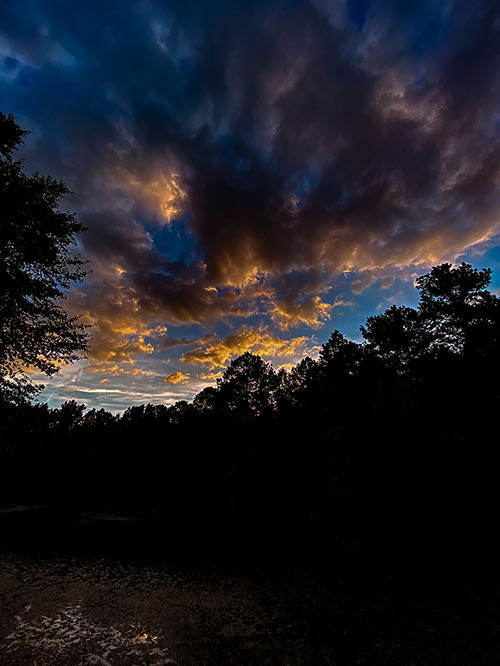
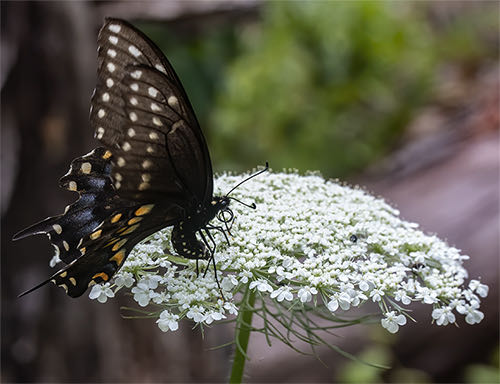
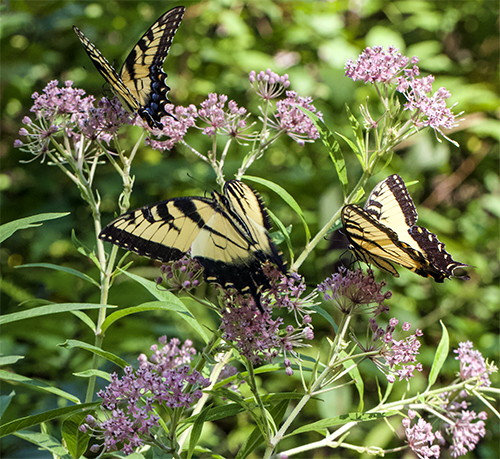
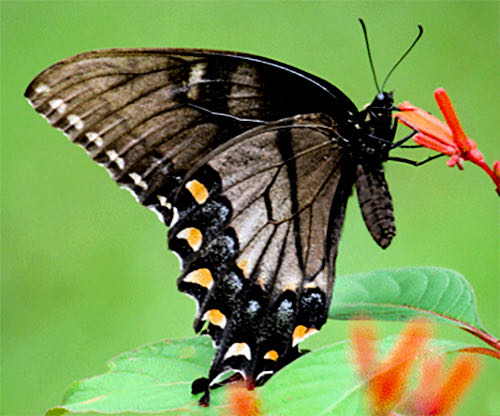
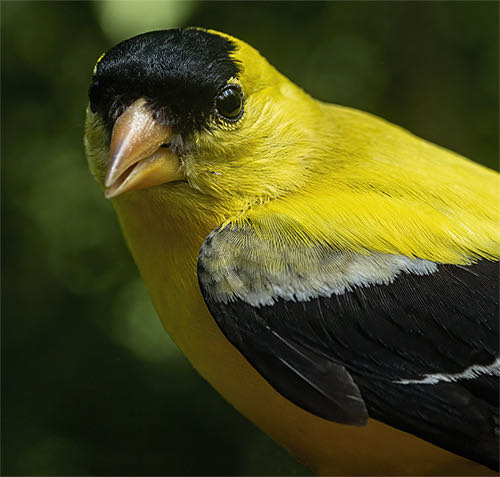
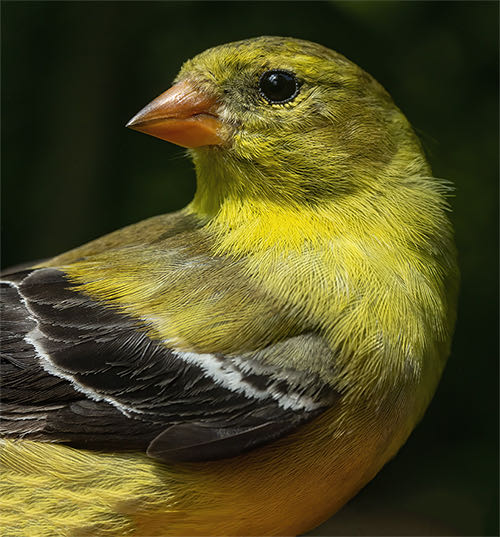
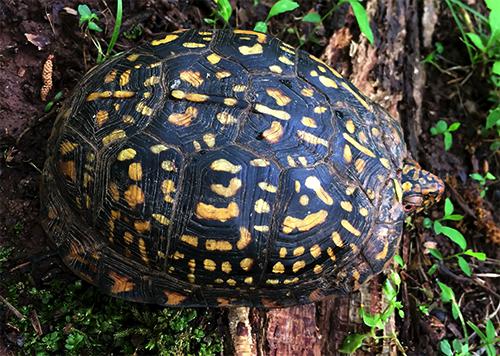
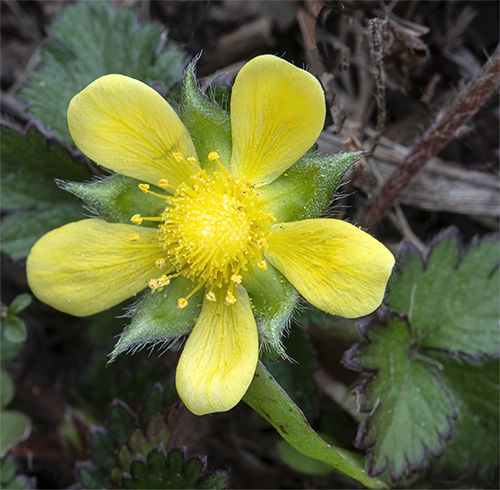
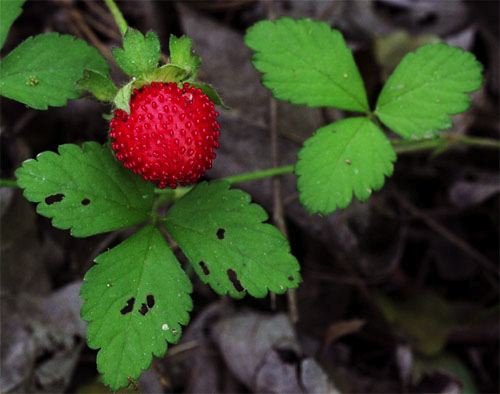
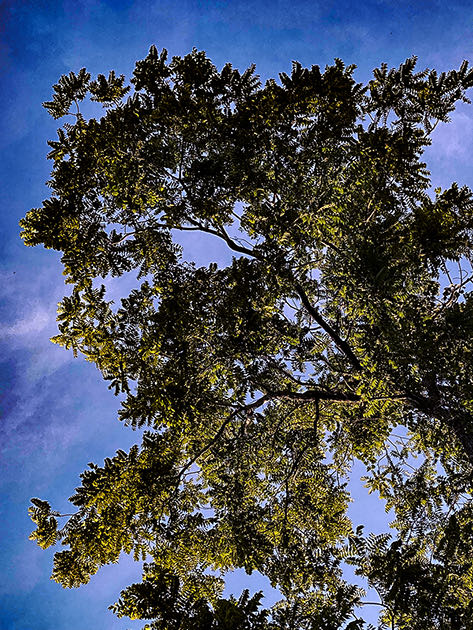










 Please report your spring, summer &
Please report your spring, summer &